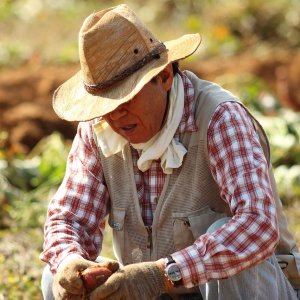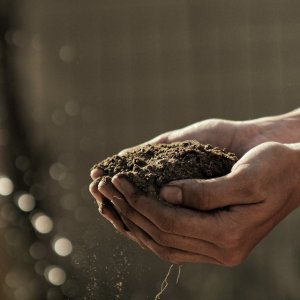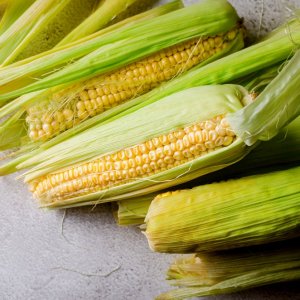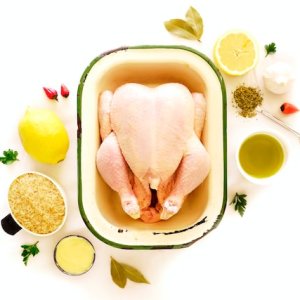Technology Increasing Poultry Market Productivity

STORY INLINE POST
Mexicans are consuming more poultry than ever, having more than doubled consumption in almost a quarter of a century, and there is room for more, says Francisco Quiñones, Director General of Grupo Avícola Quiñones. “In 1994, Mexico consumed around 15.83kg per capita. At the end of 2018, it was consuming 33kg. In 24 years, we have more than doubled consumption. This means the industry has enormous growth potential.”
Grupo Avícola Quiñones, a Mexican regional player in the poultry segment with over 40 years of experience in the market, has achieved a significant presence in the center of the country promoting the consumption of chicken among the population. “With a joint effort from the industry, consumption in Mexico could reach 40kg per capita in eight years,” says Quiñones.
Among the factors delivering growth is that poultry is an economical source of protein for consumers in Mexico. The accessible price, Quiñones says, is driven mostly by a short production cycle. “From a financial perspective, the poultry cycle is very short. It only takes 50 days to produce a chicken for sale that complies with quality standards.” Although Grupo Avícola Quiñones has the capabilities to raise not only chicken but also pigs, Quiñones says the pork cycle is more expensive and longer. “The entire cycle for pork production takes around 180 days. This means that you need more capital and more money to support the fixed asset investments.”
“The growth potential of both proteins; is based on Middle class growth in the world. Having the best population economic perception, diets become the first needs to cover,” Says Quiñones. With weekly chicken production that ranges between 1,250 and 1,300 tons, the group’s footprint is in central Mexico, across the State of Mexico, Jalisco, Michoacan, Guanajuato and Guerrero. “Given the proximity, we could explore venturing toward Aguascalientes and Sinaloa, but the market’s evolution has led us toward the center of the country. Still, this does not mean that we are against growing toward other latitudes.”
Joint cooperation with the scientific arena is also key for a growing industry. “This a competitive industry and we need to raise animals in the most efficient manner,” says Quiñones. Food that is destined for breeding chickens has been enriched, which makes the cycle faster. “Twenty years ago, you needed 2.3kg of food and 60 days to breed a chicken and help it reach a 3.2kg weight. Today, you need 1.8kg of food and only 50 days.”
Quiñones says that technology is leading the way in making the industry more efficient and also helping to produce enough product to make it affordable for consumers. Another important element is related to consumption trends. Mexican consumption habits have also made a difference for the industry. “After NAFTA came into force, there was this perception that Mexican consumers would choose to consume processed chicken coming from the US rather than fresh chicken nationally produced. However, we are seeing that contrary to what we believed would happen, Mexican consumers still choose fresh chicken.”
One significant and immediate challenge for the poultry industry is disease. “Respiratory diseases have been changing and new strains take a toll on the animals,” Quiñones says. Regardless of whether an animal is protected or not, whenever a virus attacks, Quiñones says there is bound to be an animal lost. The difference lies in the percentage of the loss. “If the animals are protected, whenever a virus attacks you can lose between 12 and 15 percent. When the chickens are protected but are attacked by a new or different virus strain, you can lose up to 50 percent. However, when unprotected, farmers can lose all their animals.”
In this regard, Quiñones says that close communication between farms and scientists is key to ensuring that the animals are protected whenever a new disease appears. “In the past, the perception was that if the animals were sick it was because you did not know how to do things properly, so whenever a virus attacked chickens or pigs, farmers did not communicate it. This has changed and we have implemented a culture of communication among producers.”
While the group does not play in global markets, Quiñones says that it intends to increase production to cover the entire Mexican market. “By 2024, we want to reach 1,850 weekly tons of chicken and 400 weekly tons of pigs. This means almost tripling our current pig production. We see significant opportunities to experience double-digit growth in the coming years.”








 By Gabriela Mastache | Senior Journalist and Industry Analyst -
Thu, 05/28/2020 - 16:32
By Gabriela Mastache | Senior Journalist and Industry Analyst -
Thu, 05/28/2020 - 16:32















